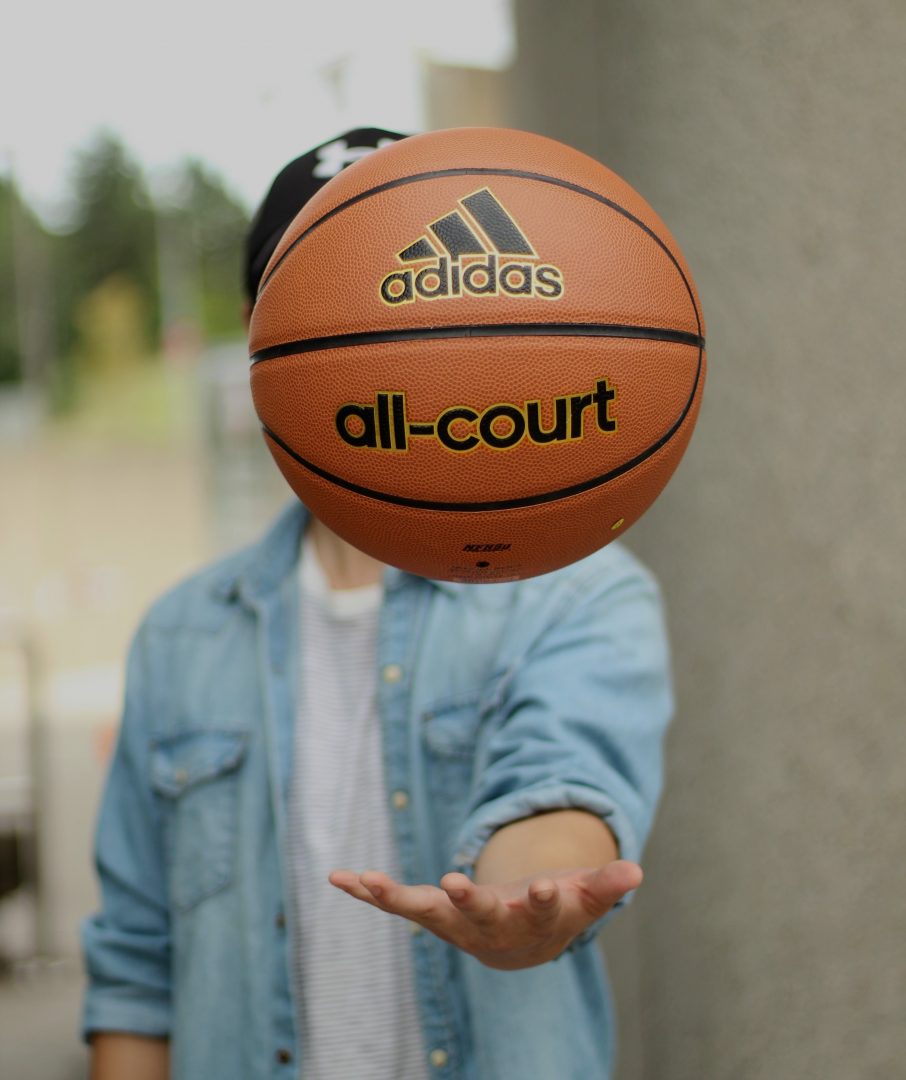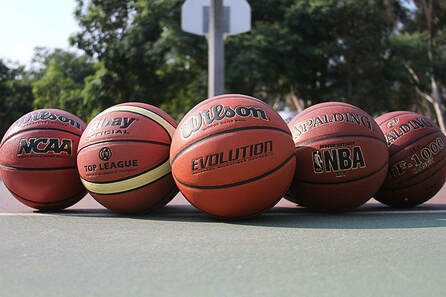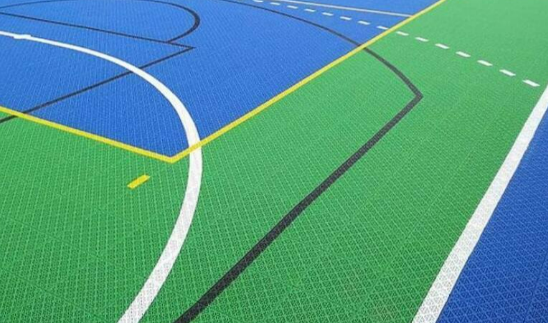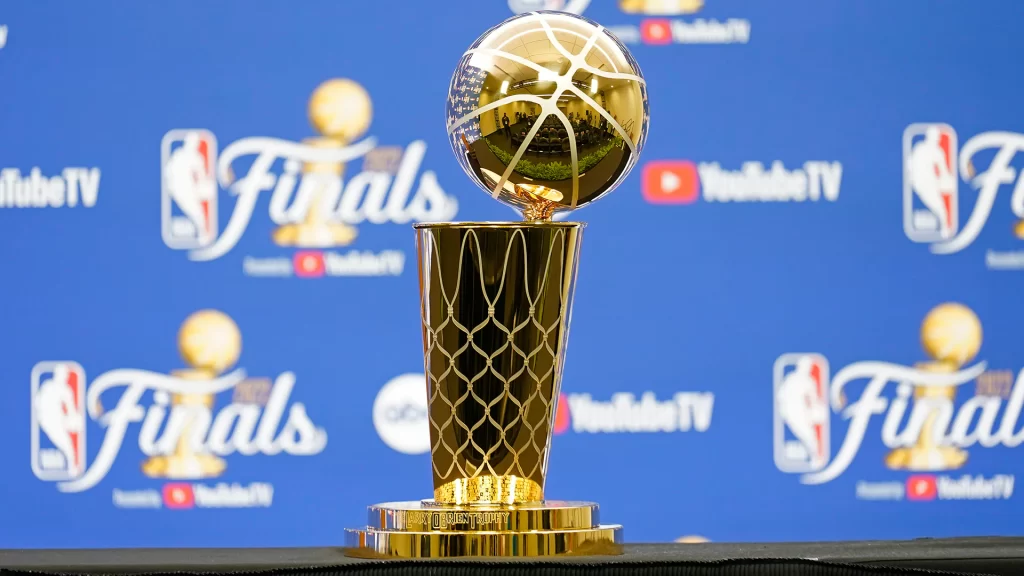3 Types of Basketball Materials
Leather – these basketballs are made from 100% genuine leather cover. When a leather ball is new, it may feel somewhat hard to feel, but with a bit of wear, it becomes soft having an appealing broken-in feel. Leather basketballs are strictly for indoor hardwood court only because the feel of the leather will roughen when used on concrete surfaces. Leather basketballs are also the most expensive of the three types of basketballs.
Composite / Synthetic Leather – these basketballs are covered with artificial or synthetic leather material that has the feel of leather, as it has been designed that way, but much cheaper to produce and manufacture. Since it is synthetic, the material has a uniform feel which is why it does not need to be broken-in as it already has that soft feel even when new.
Rubber – these basketballs are lined with rubber covering and are ideal for concrete surfaces. Rubber basketballs are perfect for beginners, especially since they are the cheapest to produce.
Basketballs have grooves on them sometimes referred to as channeling. Some are wide and some are narrow. Channels not only provide basketball players better grip, but they can also be used for better fingertip control, particularly when applying backspins.







